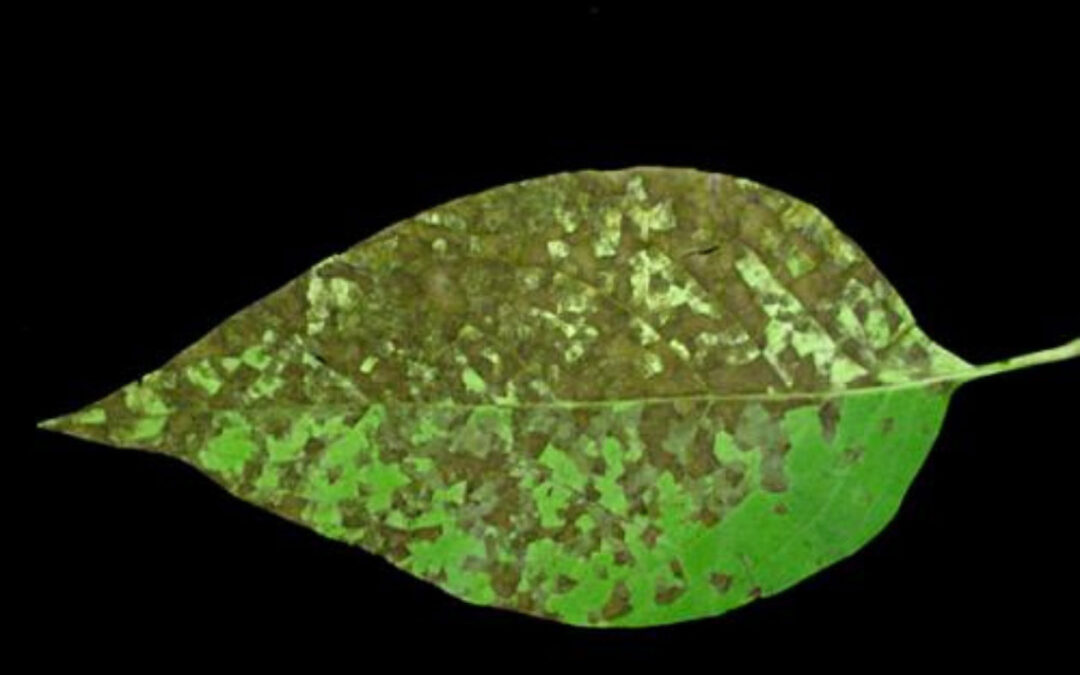In the last few weeks, we have had many reports of issues with lilacs suffering from severe leaf browning. This is caused by the fungal disease Pseudocercospora. While the leaf browning may be unsightly and worrisome, Pseudocercospora is easy to treat when approached correctly and at the right time of the year.
What is Pseudocercospora?
It shows up as brown spots on the leaves, moving from the edge of the leaves inward, sometimes splotchy in appearance. The fungus is favored by moderate summer temperatures and high humidity. It is common when temperatures are around 76 degrees but the infection occurs at least 7 days before any symptoms are seen on the plant.
Because high humidity favors disease development, increasing airflow around and through lilac stems will help reduce disease severity by decreasing leaf wetness time following rain or a heavy dew. Prune affected plants by cutting out 1/3 of stems, removing the largest canes and those canes that are cankered, girdled or completely dead.
How to Treat Pseudocercospora
While Pseudocercospora very rarely causes plant death, it is unsightly and unlikely to go away without treatment. The fungus can survive for at least 2 years on plant debris, so fall cleanup of the infected leaves will also help reduce disease pressure next year. Removing this debris is the best way to help reduce the effects of this disease, and help prevent it from spreading to any other lilacs you may have. Fungicides are not effective at this time on plants already infected. Next year, fungicide should be applied in the spring when the leaves first emerge.
If you need further advice on how best to treat this fungal disease in your lilacs, you can rely on us to help you identify the pest and help you to eliminate it. Call us anytime to set up an appointment!
CapitalArborist@gmail.com / 402.466.0160
P.O. Box 240, Ceresco, NE 68017

